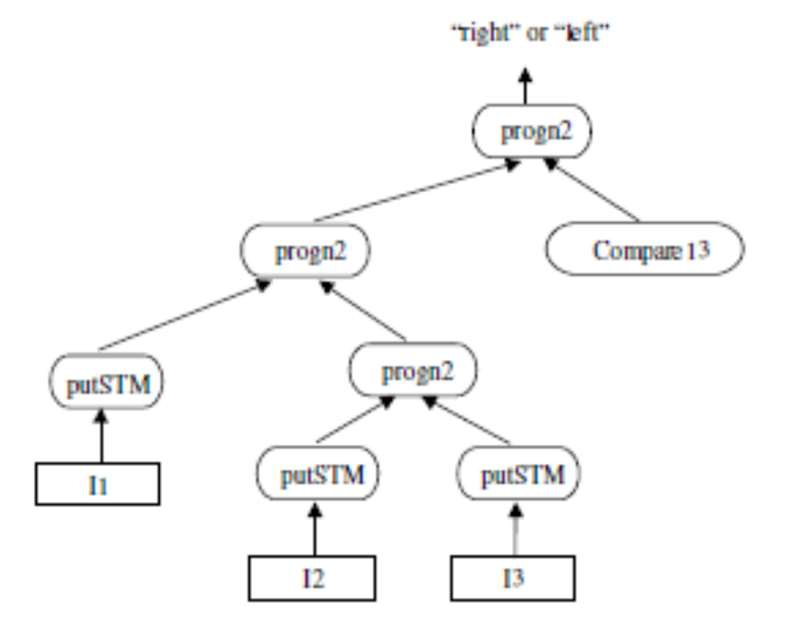Overview
Developing scientific theories (general and abstract explanations of a set of phenomena) and models (more specific and precise explanations based on a set of structures and mechanisms) faces two related problems: how to keep track of the speed with which new experimental data are acquired and how to mitigate the cognitive limitations (including cognitive biases) that hamper scientists' search for successful solutions. The aim of this multidisciplinary project is to address these two problems by developing a revolutionary new way to generate scientific models: to produce them using artificial evolution. This methodology will alleviate the problem of data overload and will make it possible to search much larger and more varied conceptual spaces than those currently searched by human scientists.
The basic methodology involved is meta-modelling. The project uses a class of techniques known as evolutionary computation to automatically produce models. This class of techniques includes genetic algorithms and genetic programming. Genetic programming evolves entire computer programs from more primitive operators. By using a set of experimental data taken from the scientific literature, and a set of operators suitable for the scientific domain, our methodology is capable of generating models which are capable of reproducing the required scientific behaviour.

For example, the following lisp-like program represents a model created for the Delayed Match to Sample problem. Below it is an alternative representation, as a hierarchical tree. The model assumes a short-term memory (STM), means for inputting values (I1, I2 and I3), and the final value will be taken as the output from the model.
(progn2
(progn2
(putSTM I1)
(progn2
(putSTM I2)
(putSTM I3))
(compare13)))

The aim of this project is to develop and use new methods to automatically infer models from experiments, where one or several variables are systematically manipulated, and to apply them to three scientific fields that offer unique challenges and thus will bring different insights. The specific objectives are:
-
to develop new techniques for generating models and to build tools to extract patterns from the evolved models;
-
to apply the methodology to a wide range of human data in cognitive psychology in order to generate new models that successfully account for the data;
-
to apply the methodology to representative data on animal behaviour and generate successful models of these data; and
-
to apply the methodology to data in neuroscience in order to generate models linking cognitive functions to brain structures.